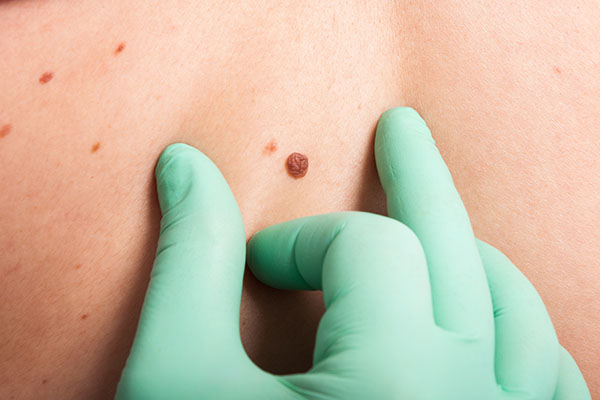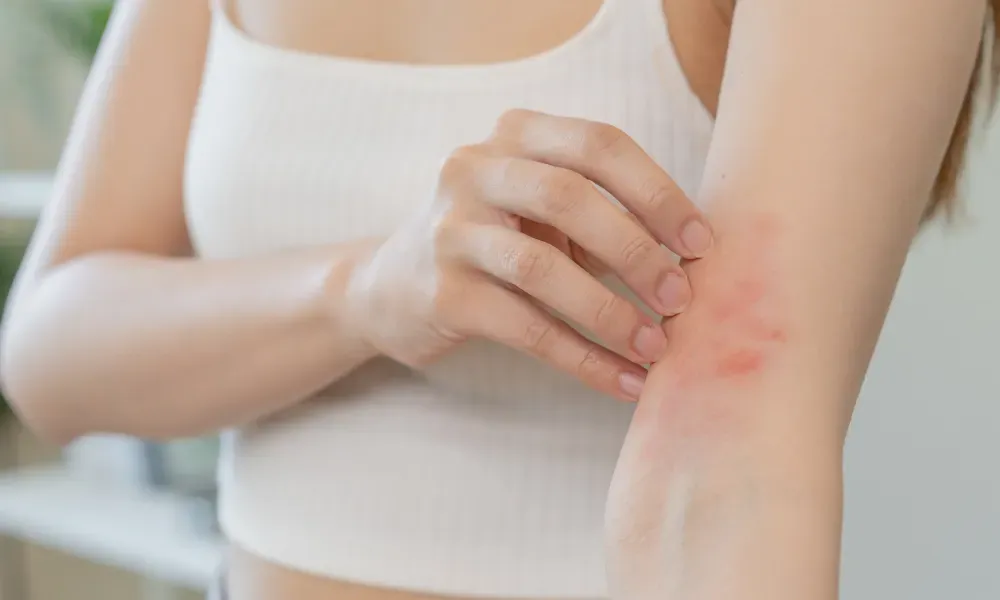Moles are common. They appear on your skin as small, dark spots. Sometimes, they are harmless. Other times, they signal a deeper issue. Here’s your guide to tell the difference. We’ll discuss what to look out for and when to seek help from a dermatologist. We’ll also touch on a recent health concern – the Vintage Park rash. Let’s dive in.
Understanding Moles

Moles form when skin cells, called melanocytes, grow in a cluster. They often appear in childhood. By adulthood, we usually have between 10-40 moles. Moles can change over time. They can darken or lighten. They can also grow hair. These changes are normal.
When to Worry
Not all moles are harmless. Some signal skin cancer. This is why you must keep an eye on your moles. Signs of concern include irregular shape, uneven color, and rapid growth. If a mole hurts or bleeds, this could be a warning sign. The American Academy of Dermatology has a great guide on what to look for.
Comparison Table: Normal Moles versus Atypical Moles
| NORMAL MOLES | ATYPICAL MOLES | |
| Color | Even, usually brown or black | Uneven, multiple shades |
| Shape | Round or oval | Irregular |
| Size | Smaller than a pencil eraser | Larger than a pencil eraser |
| Changes | Slow, over years | Rapid, over months |
| Other | No pain or bleeding | May itch, hurt, or bleed |
Seeking Help
If you suspect a mole is atypical, see a dermatologist. They can conduct a biopsy to check for skin cancer. Early detection is key. The sooner skin cancer is caught, the better the outcome.
Severe Rash
Recently, a new type of rash has raised concerns. It looks like a cluster of red or pink spots. It sometimes mimics the appearance of atypical moles. If you have this rash, see a dermatologist. They can rule out any serious conditions.
Moles are part of our skin. Understanding them is part of our health. Stay vigilant. Know the signs of atypical moles and when in doubt, seek help.








